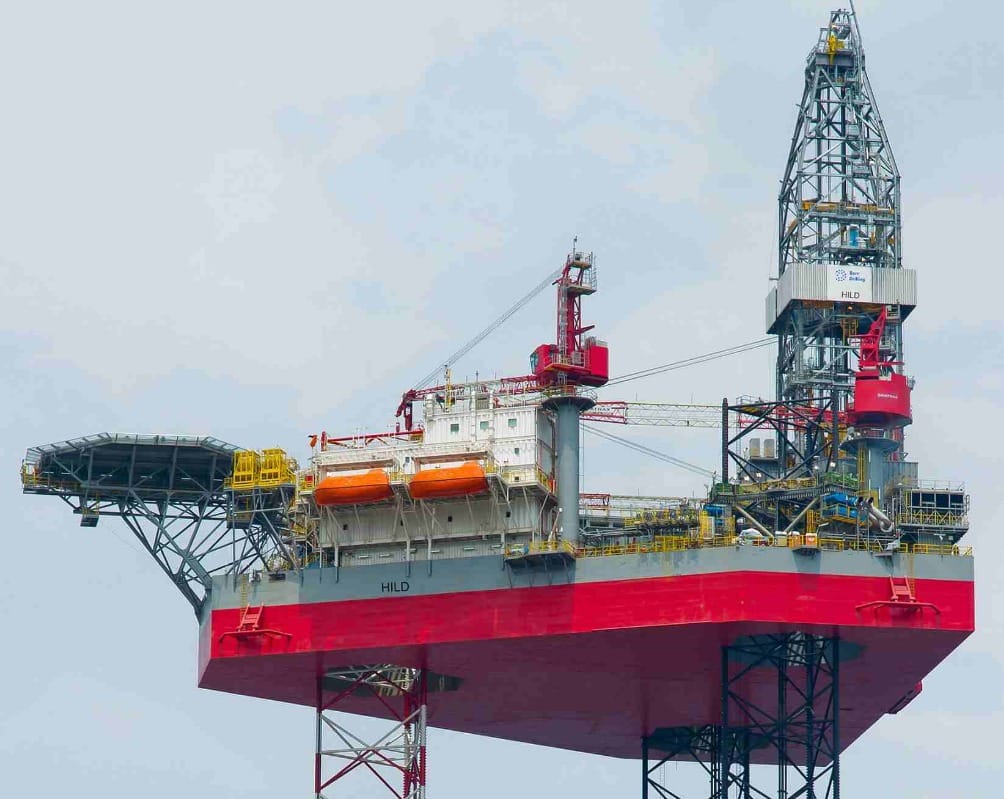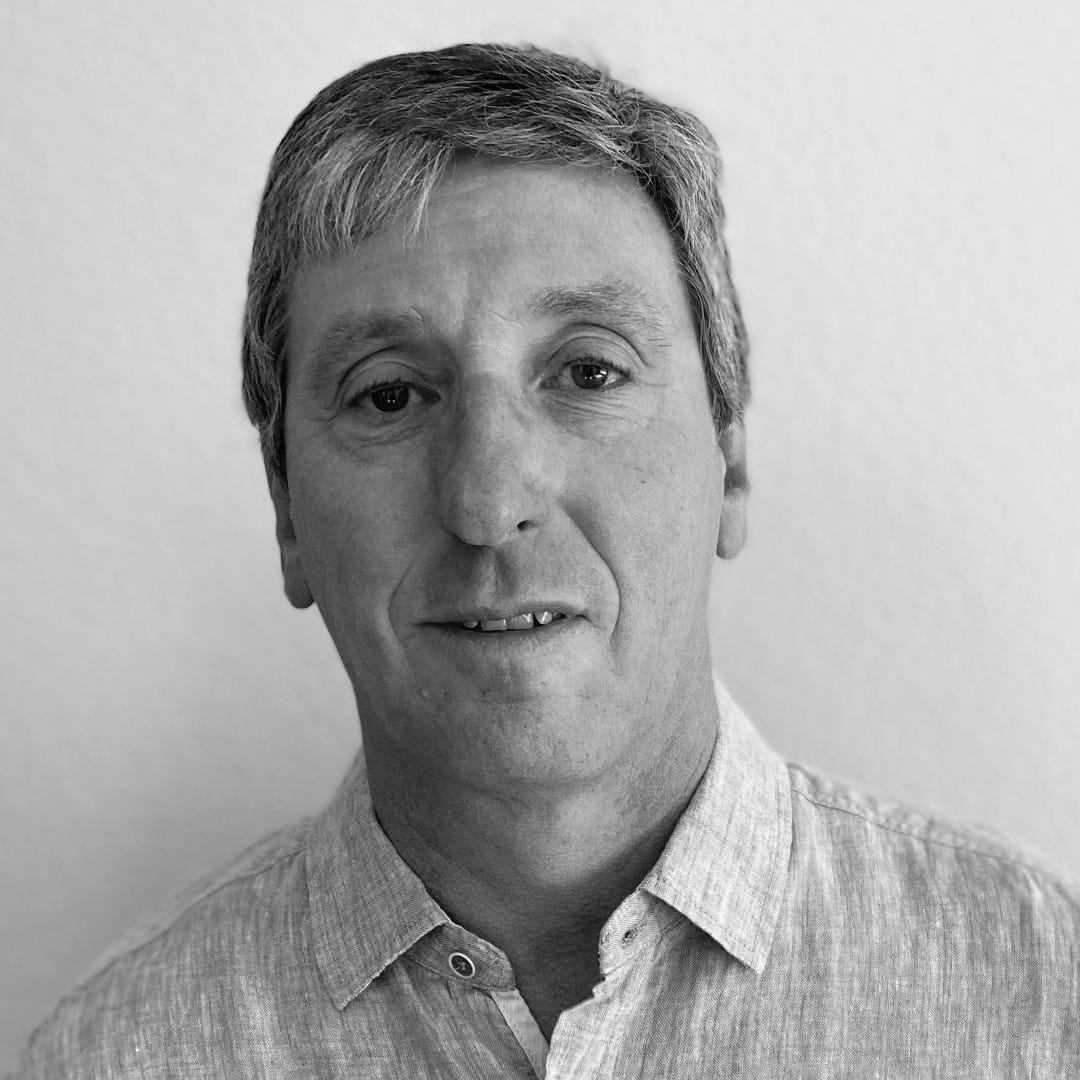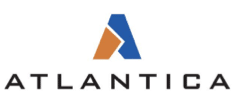It was a quiet week in the offshore drilling market but one of the highlights was a new contract award for Borr Drilling's last uncontracted jackup, which resulted in Borr having no open availability until late Q3 2023. Meanwhile, Transocean's semisubmersible Transocean Norge is preparing for its job with Wintershall Dea in Norway and Diamond Offshore's semisub Ocean Apex is en route to Singapore for its five-year SPS.
In case you missed it, you can access our previous Rig Market Roundup here.
Contracts
Borr Drilling has been awarded a contract for its 400-ft premium jackup rig Hild from an undisclosed operator for work in Latin America. The contract duration covers a firm term of 725 days and is expected to begin in Q3 2023, following the conclusion of the rig’s ongoing activation. Borr announced it was reactivating Hild back in February 2023. The rig has been warm stacked in Singapore since 2020 when it was built. The estimated contract value is $123 million, including mobilisation and demobilisation fees. Following this award, all of the company’s 22 delivered units are now contracted or committed, with no open availability until late Q3 2023.
The Petro Gohar Farasahel Kish (PGFK) managed 400-ft jackup Paradise 400 has started a new two-year contract with Iranian Offshore Oil Company (IOOC) in Iranian territorial waters of the Persian Gulf, according to market sources. Market sources indicate that Paradise 400 started work at the NASR 3 platform on 7 April 2023 and will perform some workover and drilling activities. Previously the rig was working for Pars Oil and Gas. Paradise 400 is a KFELS B Class rig that operates in water depths of 400 ft with a drilling depth of 30,000 ft. It has a 15,000 psi BOP system, 70-feet cantilever outreach, and accommodation for up to 150 men.
Drilling Activity and Discoveries
Shell has obtained approval from the UK regulator for further drilling on the Penguins field, located northeast of the Shetland Islands. Drilling operations will be conducted using a Diamond Offshore-owned semisubmersible rig. The drilling of the Penguin East, 211/13a- 18 (PC-04) production well will be done by the anchored semisubmersible 10,000-ft rig Ocean Endeavour and may take up to 101 days to complete. The rig will be held on location by 12 anchors – inclusive of 6 contingent anchors – which will be pre-laid prior to rig arrival. As reported in March 2023, Ocean Endeavor completed its special periodic survey (SPS) in Norway after which it resumed its contract with Shell at the Gannet F location in the UK North Sea. The rig will continue working for Shell into the second quarter of 2024. The Penguin East drilling is planned to begin in April 2023 and the approval direction will be valid from 10 April until 31 December 2023. Operations will include drilling of the PC-04 production well (consisting of 17 1/2″, 12 1/4″ and 8 1/2″ sections); completion of the well; well clean up; contingent side-track option on one or both of the 12.25 inch and 8.5 inch sections but not more than two of the sections in total. The Penguins field redevelopment project is located approximately 150 km east from the Shetland coastline in Scotland and adjacent to the UK/Norwegian median line, in an area where water depth is approximately 163 meters. As part of the Penguins redevelopment process, a further eight wells will be drilled and tied back to the FPSO vessel, which has recently arrived from China to Norway to undergo final preparations.
Norway’s Petroleum Safety Authority (PSA) has given Wintershall Dea consent to use the 10,000-ft semisubmersible rig Transocean Norge on the Nova field offshore Norway. The rig has been warm stacked since last year. The consent includes drilling of sidetrack 35/9-W-1 AH on the Nova field. The field is located in production licence 418, which is operated by Wintershall Dea with Sval Energi, Pandion Energy, and OKEA as partners. Nova is a field in the northern part of the North Sea, 17 kilometres southwest of Gjøa field. The water depth in the area is 370m. The field started production in August 2022. Last month, Wintershall Dea exercised a one-well option for the Transocean Norge with a duration of 60 days. The rig had been warm stacked at Westcon Yards in Ølensvåg, Norway since last year from where it started mobilising on 11 April 2023. The work for Wintershall Dea is expected to begin in May 2023, ahead of the existing firm term, and contribute approximately $22 million in the backlog. After that, it will operate under a rig-share agreement between OMV and Wintershall Dea for 17 wells and an exclusive partnership for all firm and potential wells for these two operators between 2023 and 2027.
Aker BP has concluded the drilling of a wildcat well in the North Sea offshore Norway and made a new oil discovery. The 25/4-15 well is located in production licence 919 where Aker BP is the operator and ConocoPhillips is a partner. Aker BP secured a drilling permit for the well in February 2023 and the well was drilled about 5 kilometres west of the Vilje field in the North Sea, and 215 kilometres west of Stavanger. The objective of the well, targeting Ve prospect, was to prove petroleum in Paleocene reservoir rocks in the Heimdal Formation. The well encountered a 31.5-metre oil column in the Heimdal Formation, 29 metres of which was a sandstone reservoir with good reservoir quality. The Heimdal Formation was 187 metres thick in total. The oil/water contact was encountered at 2253 metres below sea level, and the contact was confirmed with pressure points. A 1.5-metre zone of residual oil was also encountered in deeper Heimdal sand with good reservoir quality. Preliminary calculations place the size of the discovery between 0.5 and 0.8 million standard cubic metres (Sm3) of recoverable oil. The licensees will assess the discovery alongside other discoveries in the vicinity with a view towards possible development. The well 25/4-15 was drilled by the 10,000-ft semisubmersible Scarabeo 8 to a vertical depth of 2375 metres below sea level and was terminated in the Heimdal Formation in the Palaeocene. The water depth is 119 metres. The rig is now moving on to drill wildcat well 25/2-24 S in production licence 873, where Aker BP is also the operator.
Norway’s Petroleum Safety Authority (PSA) has given Wintershall Dea consent for exploration drilling in block 6507/4 and block 6406/2, both located in the Norwegian Sea, using the Transocean Norge semisubmersible. Block 6507/4 is located in production licence 211 CS and includes wells 6507/4-4 S and 6507/4-4 A. The consent includes the drilling and plugging of appraisal well Adriana and Sabina, consisting of main well 6507/4-4 S (Adriana) and sidetrack 6507/4-4 A (Sabina). The water depth at the site is 446 meters. Furthermore, block 6406/2 is located in production licence 836 S. The consent includes the drilling of the 6406/2-11 well, targeting the Bergknapp prospect. The water depth is 305.8 meters.
UK operator Serica Energy is preparing for a four-well drilling campaign in the North Sea planned for 2024. Following an acquisition agreement from December 2022, Serica Energy completed the acquisition of Tailwind Energy in March 2023. As a result, Serica added an ongoing programme of sanctioned short-cycle organic investments in 2023 and 2024, including infill wells on its operated Gannet E and Evelyn fields and the Dana Petroleum-operated Bittern and Guillemot North West, all of which are existing tiebacks to the Dana-operated Triton FPSO where Serica has a 46% interest. During 2023, preparations will be carried out for the four-well Triton area drilling campaign in 2024 starting with the Gannet GE-05 well and also including Bittern B1z well, Evelyn phase 2 well, and Guillemot NW infill well. Rig slots have been reserved in order to drill these infill wells in 2024. The potential developments of the Belinda field as a tie-back to the Triton FPSO and the Mansell field, situated in the UK Northern North Sea, are being evaluated. All these activities will continue under the ownership of Serica, whose team has been supplemented by the addition of Tailwind staff.
Demand
Guyana’s Ministry of Natural Resources has extended the 2022 Licensing Round bid submission deadline to 15 July 2023. The round had previously been scheduled to close on 14 April 2023. The government noted it continues to receive strong global interest. Furthermore, the ministry advised that it recently concluded agreements with PGS and CGG to reprocess additional 2D seismic data relevant to the blocks available for tender.
Mobilisation/Rig Moves
Valaris’ 400-ft jackup Valaris 249 has left New Zealand after completing a seven-well contract for OMV at the Maui B platform and is now en route to Trinidad ahead of a new one-year contract. The rig has been loaded onto a vessel for the mobilization. Valaris will receive a mobilization fee of $8.5 million plus a daily rate of $64,000 while the unit is in transit. Valaris secured a one-year contract for the rig in February 2023 at a day rate of $125,000. The operator for this contract is currently undisclosed. The start date is scheduled for late in the second quarter or early in the third quarter of 2023. Valaris’ 350-ft jackup Valaris 118 is currently drilling for BP offshore Trinidad & Tobago, while Noble 400-ft jackup Noble Regina Allen is in port in Trinidad following a mechanical failure that cut its contract with EOG Resources short in January 2023.
Diamond Offshore’s 6,000-ft semisubmersible Ocean Apex is en route to Singapore where the rig will undergo its five-year Special Periodic Survey (SPS). The semisubmersible completed its contract with Woodside last month and is scheduled to arrive in Singapore in approximately 10 days, according to MarineTraffic. After its SPS, the rig will return to Australia and continue its contract with Woodside.
Following the completion of plug and abandonment (P&A) specific upgrades, the Well-Safe Solutions-owned semisubmersible Well-Safe Defender is heading out to the UK North Sea to carry out a P&A campaign for Spirit Energy. Well-Safe Solutions bought the rig, previously known as WilPhoenix, from Awilco Drilling last year, increasing its decommissioning fleet to three units. The new owner took delivery of the unit in June 2022 and secured a new contract with Spirit Energy in July 2022. The contract covers 14 wells on the Trees and Chestnut fields over approximately 250 days. The work was previously supposed to start in March 2023 after the rig completes a host of efficiency enhancements as part of its integration into the business as well as the completion of its recertification. Now, less than a year after being accepted into the fleet, the unit has been mobilised from Invergordon for the contract with Spirit Energy, which will be its first job as a specialised decommissioning unit. The rig is expected to arrive on 14 April 2023 and it will initially be at the 18/19z well location.
Other News
Harbour Energy and bp have entered into an agreement to develop the Viking carbon capture and storage (CCS) project in the UK. Located close to the heavily industrialised Humber region, Viking CCS will develop the infrastructure to transport and store CO2 in offshore storage sites of the depleted Viking gas fields located in the southern North Sea. The fields recently had their 300 million tonnes of CO2 storage capacity independently verified. Under the terms of the agreement, Harbour continues as the operator of Viking CCS with a 60% interest, with bp acquiring a 40% non-operated share. The announcement follows the UK Government’s recent decision to launch Track 2 of its CCS cluster sequencing process and its recognition that Viking CCS is one of two transport and storage system contenders for this process. Harbour and bp already share an interest in the Lincolnshire Offshore Gas Gathering System (LOGGS) pipeline, which is intended to be repurposed as part of the project, providing an opportunity to connect customers to the Viking gas fields. Subject to the outcome of the Track 2 Cluster Sequencing Process, a final investment decision (FID) is expected in 2024. The project could be operational as early as 2027 and potentially storing up to 10 million tonnes of CO2 per year by 2030.
Image credit: Keppel










































































